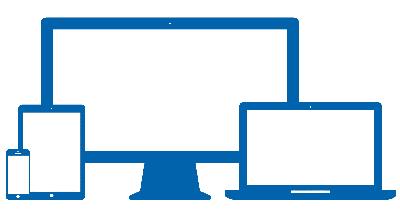

Calculates time difference to local time.In-app notifications of daylight savings time changes and sunset/sunrise events.
Microsoft app utc clock windows 8.1#
Microsoft app utc clock full#
Below is the full filter expression as well as a screen shot of the Flow action: (starttime gt addDays(body('UTC_Start_of_Day'),1,'yyyy-MM-ddTHH:mm:ssZ')) and (starttime lt addDays(body('UTC_Start_of_Day'),2,'yyyy-MM-ddTHH:mm:ssZ')) To specify the appropriate date range, I used an oData expression in the “List records” filter to pull booking records where the start time is greater than “UTC Start of Day” + 1 day and less than “UTC Start of Day” + 2 days.

My goal was to query a Dynamics 365 Field Service environment to fetch all bookings scheduled for the following day to create a report that will be emailed out each night with a list of the next day’s bookings. I used the Common Data Service’s “List records” action in my Flow but you can also use the corresponding action for the Dynamics 365 connector. The source time zone for this step will be your local time zone and the destination time zone will be UTC:įor the final step, plug the “UTC Start of Day” value into our query. For the base time use the converted UTC time from the previous step within the built-in startOfDay() expression, as shown in the screenshot below. To do this, utilize the “Convert time zone” action again. Now that we have converted utcNow() to local time, use this to get the start of day in our local time zone and then convert it back to UTC. The base time will be set as utcNow(), the source time zone will be UTC and the destination time zone will be your local time zone: Below are the steps you can take to query datetime fields according to local time.įor the first step, use the “Convert time zone” action to convert the built-in utcNow() function to our local time zone. To solve this problem, I made use of Flow’s “Convert time zone” action to get the UTC start of day for my datetime query. When I first ran the Flow, the query pulled records based on the UTC time zone rather than the D365 local time zone and therefore wasn’t returning the expected records.

This presented a challenge for me when I tried to create a scheduled report in Flow that queried records in Dynamics 365 based on a specific date range. However, simple actions like querying datetime fields can be unexpectedly cumbersome given Flow’s default UTC time zone setting. Microsoft Flow has opened up a vast toolset for automating processes across different applications.
Microsoft app utc clock how to#
Microsoft Flow: How to query Dynamics 365 date/time fields with UTC time conversion By Elise Xavier, Dynamics 365 Consultant, Arbela Technologies


 0 kommentar(er)
0 kommentar(er)
